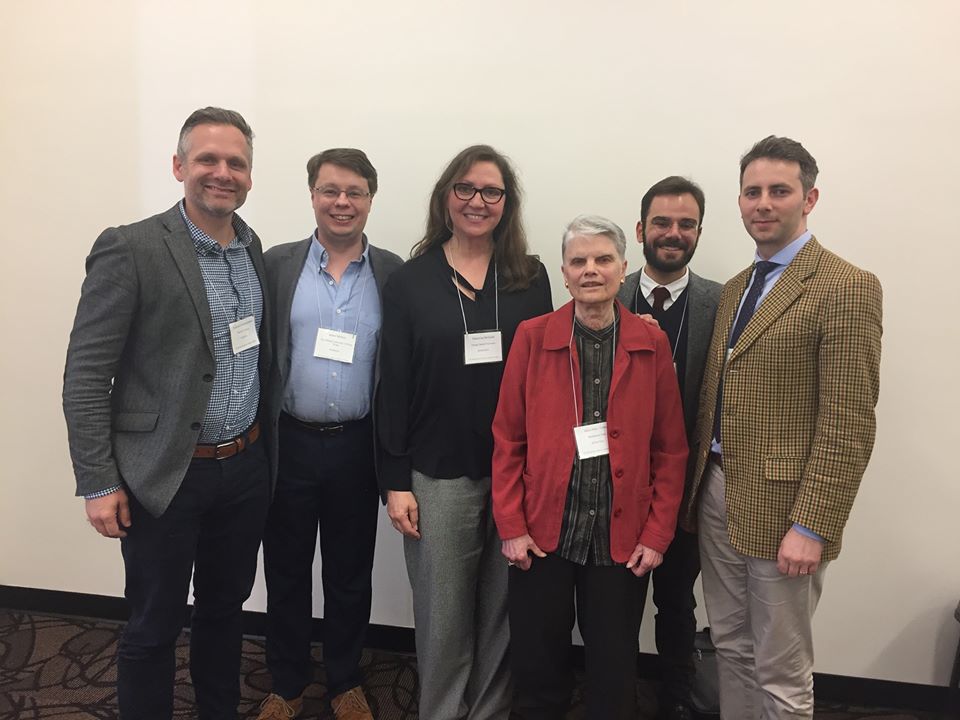News & Events
LIV International Congress on Medieval Studies, Western Michigan University

On 9–12 May 2019, I had the honour of delivering a paper on “‘A Good Place for Hesychia’: Space and Hesychasm in Late Byzantine Hagiography” at the session on Sanctity and Hagiography in the Byzantine World: Papers in Honor of Alice-Mary Talbot, organized by Dumbarton Oaks Research Library and Collection at the LIV International Congress on Medieval Studies. The session honoured the activity of Dr Alice-Mary Talbot, Director Emerita of Byzantine Studies at Dumbarton Oaks, an inspiration and mentor to many young minds, including myself.
Abstract
Throughout the Byzantine era, religious and monastic experiences have unfolded in a variety of settings. Monks and holy men have sought various abodes for their spiritual practices, from communal monasteries to solitary and remote locations, such as the deserts of Egypt and Palestine or the holy mountains of Athos, Galesion and Sinai. Over time, distinct ideals of monastic life came to be associated with specific environments. Whereas the exercise of obedience was best achieved in monasteries or in their vicinity, under the supervision of a spiritual father, the devotion to God through prayer and mortification of the body often required withdrawal from the outside world into remote and harsh places such as caves, mountains or deserts. This paper examines the spatial backdrop for the particular case of hesychast experiences, which include intensive prayer and ascetic practice, using as source material the late-Byzantine lives of hesychast saints composed by Philotheos Kokkinos, as well as the life of Maximos Kausokalybites. For instance, a cursory analysis of the lives of saints dedicated by Kokkinos to five of his contemporaries reveals a considerable amount of variation in the setting of their hesychast experiences. This includes typical eremitic environment on Athos or in unspecified remote places and mountains, in the case of Germanos Maroules and Nikodemos the Younger respectively, as well as a mainly urban and communal setting for Isidore Boucheir and Gregory Palamas. Therefore, these vitae convey the message that a hesychastic way of life can be achieved both as monk and layman, in solitude and as part of a monastic or urban community, apparently free of the constraints of a specific type of natural or social setting. This paper will hence explore the spatial diversity of the hesychastic practice and inquire into the relationship between hesychasm and space.
Last modified: Wed, 05 Feb 2020 16:09:18 GMT



